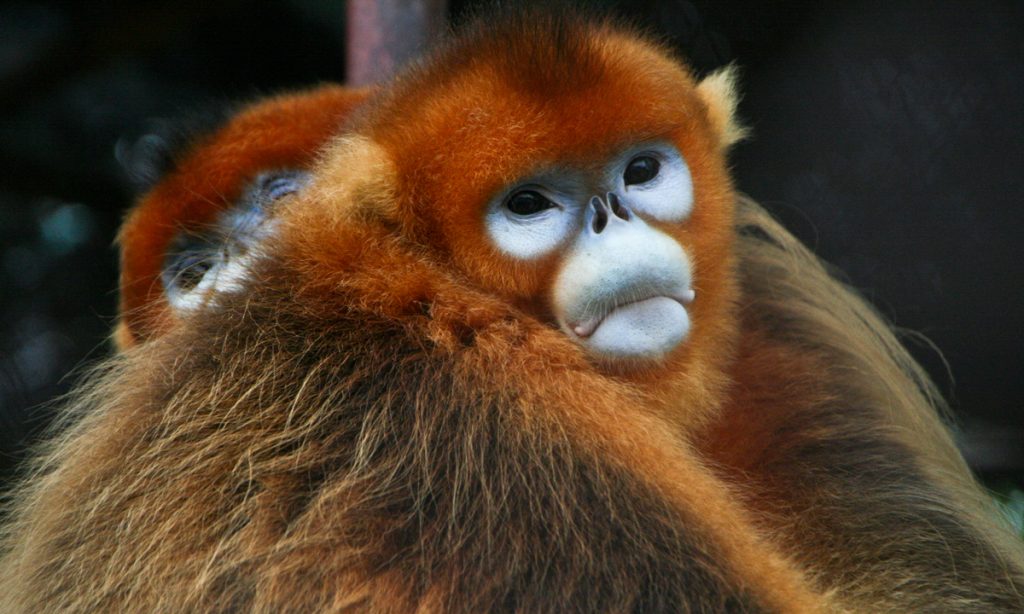Some good news: Critically endangered Snub-Nosed #Monkeys are saved from brink of extinction! “When there is a will, there is a way”! #Myanmar @Clean_Malaysia https://t.co/MBI2wjEn21 pic.twitter.com/omUJwbgl6w
— IPBES (@IPBES) January 23, 2018
Things may be looking up for a critically endangered primate species discovered less than a decade ago.
According to a report from Fauna & Flora International, Dali University, and German Primate Center, conservation efforts are paying off for the rare Myanmar snub-nosed monkey (or “snubby” for short).
The species was discovered in Myanmar in 2010, after locals told researchers about some unusual monkeys that sneezed when it rained. But due to their small population size, fragmented distribution, and ongoing threats from hunting and habitat loss, the monkeys were quickly classified as critically endangered by the IUCN.
In fact, the first individual the researchers found had been killed by local hunters and promptly eaten. While they eventually did find several populations of the monkeys living in the wild, the researchers estimated that there were only about 260-330 individuals alive.

Snub-nosed monkeys are a group of Old World monkeys that live throughout China, Vietnam and the northern regions of Myanmar, where groups of up to 600 members spend the majority of their lives in the trees. The unusual-looking monkeys get their name from their short stumpy noses and upturned nostrils.
Observers say these nostrils make life a bit complicated for the Myanmar snub-nosed monkeys when it rains. To avoid collecting water in their noses, the snubbies have to sit with their heads between their knees; otherwise, they sneeze repeatedly.
If that isn’t bad enough, the sound alerts hunters to their whereabouts and make the otherwise elusive monkeys an easier target during the rainy season.
While the Myanmar snub-nosed monkey remains critically endangered due to small population sizes and threats from the wildlife trade, illegal logging, and deforestation, researchers say that awareness campaigns, efforts from governments and nonprofit organizations, and a trans-boundary agreement with China have made a positive impact. However, these shy creatures do their best to avoid humans, so scientists still don’t know how many of them exist.
Watch the first footage ever captured of Myanmar snub-nosed monkeys in the wild:




